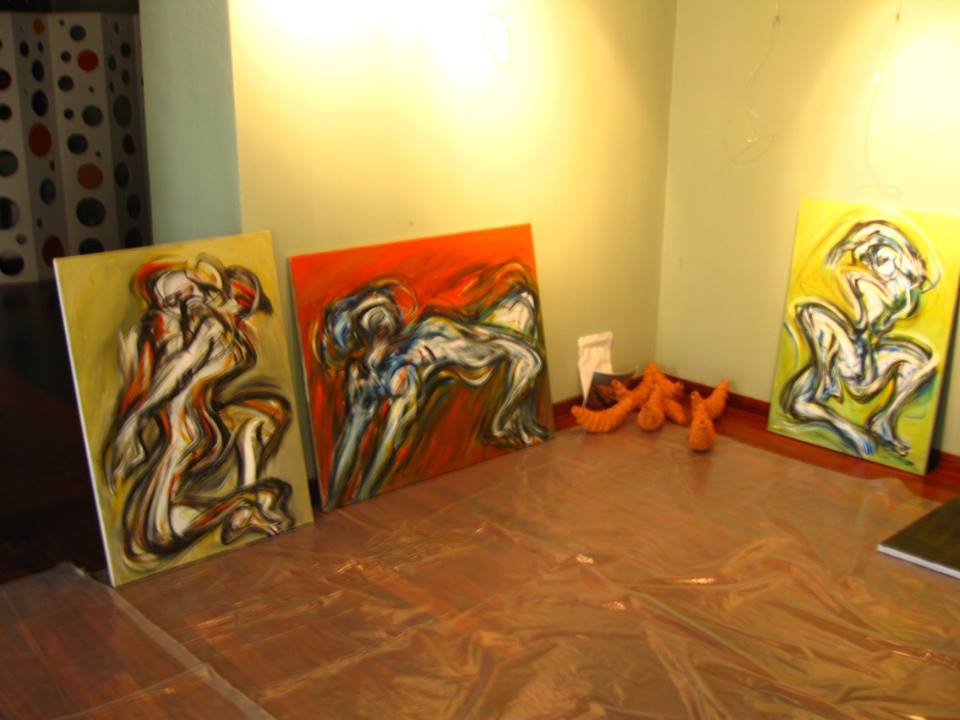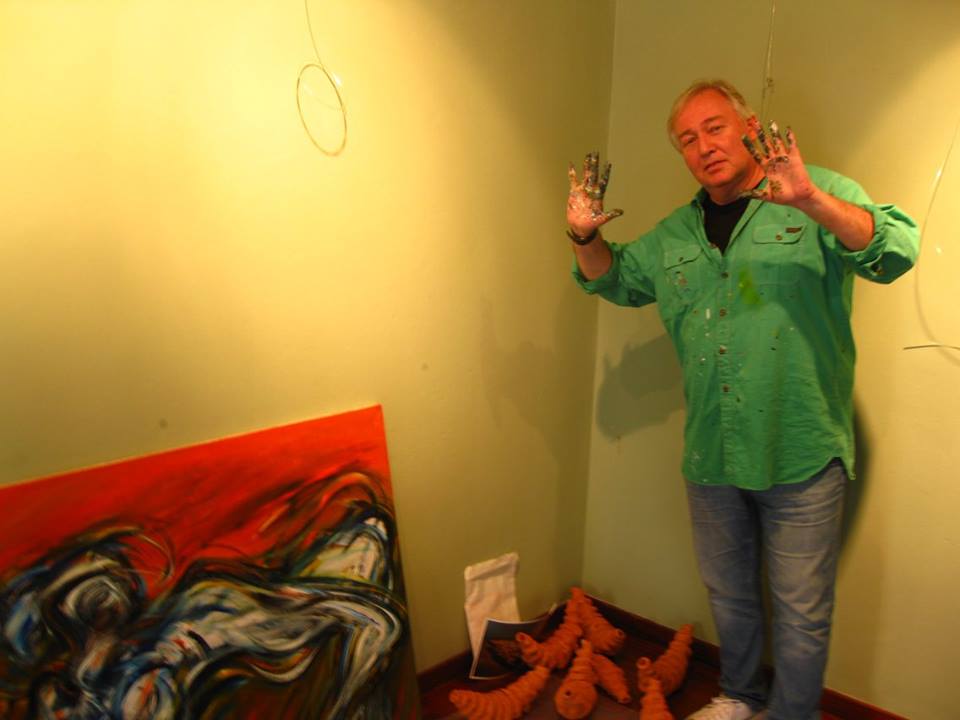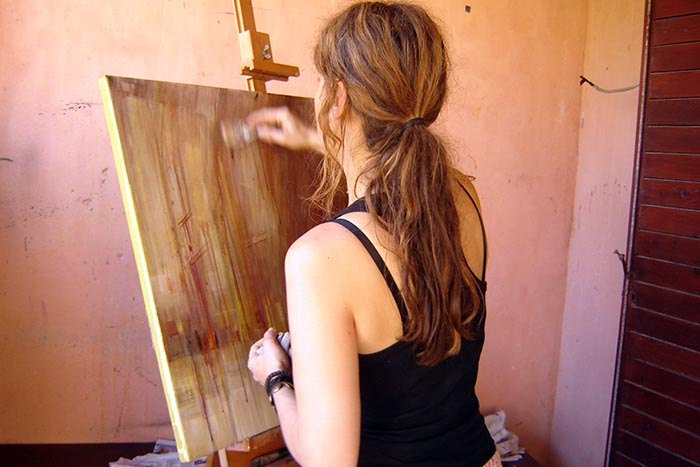History of the Collection
Art Colony Paradiso, over its 20 years of activity (established in 2000), has developed into one of Croatia’s leading venues for artistic gatherings. Through a wealth of diverse visual identities, it has synthesized contemporary art trends and fostered communication across various creative levels. To date, the colony’s success has been shaped by 413 participants from 38 countries—academically trained visual artists who represent the pinnacle of both Croatian and European contemporary art.


Like many similar gatherings in Croatia and Europe, the participants of this art workshop create through social interaction, outside the studio, free in space. Carried by the impulses awakened by the Mediterranean atmosphere of the island of Rab, they discover a visual expression of their own artistic perception of the world. And the landscape of Rab is a challenge to all. It offers its presence to the creative imagination of artists, especially those who know how to open themselves to the intensity of the blazing light, the colourscape, the experience of the sea and the town. Colour, line, rhythm, composition, light – by these we distinguish, feel, and accept artists and their works. These visual elements guide us into their inner spaces and into the expanses of visual art. They enable us to recognize in contemporary art the moment when art is no longer just an illusion, but also an idea. And although they drew abundantly from the modernism and postmodernism of the 20th century, in their search for pure visual principles, they have so far unveiled many possibilities of expression within abstract and figurative art and opened many paths for theory and practice.
On the island of Rab, this colony is dedicated to artistic adventure and the unique moment of an artwork’s creation. Participants freely choose their motifs and stylistic expression. They create together—both those long established and recognized on the art scene, and those striving with faith and effort to be acknowledged. The final expression may be associative or abstract; the visual technique and stylistic choices are guided by personal impression and inclination, while the outcome and interpretation are often measured and affirmed by the blue of the sea and sky. Thus, forms, objects, and relationships within the concrete space are depicted sometimes as they are, and sometimes as they ought to be.

